One of the key announcements from the Apple Event on Oct. 30 was about the 12.9-inch iPad Pro, Apple’s king-size pro tablet. After the release of the new iPad Pro models Nov. 7, I decided to upgrade from my 2017 10.5-inch iPad Pro to the 12.9-inch model. I’m finding a lot to like about one of the newest additions to the iPad line.

Size and Weight
Back in 2015 I purchased my first iPad Pro, which was also a 12.9-inch model. When I added either the Apple Smart Keyboard or the Logitech Slim Combo Keyboard, I found I was carrying something that was larger and heavier than a 13-inch MacBook Pro!
The 12.9-inch model has come down in both size and weight since then. The original model had dimensions of 12.04 x 8.79 x 0.27 inches (305.7 x 220.6 x 6.9 mm) and weighed in at 1.59 lb (720 g). Today’s iPad Pro is 11.05 x 8.46 x 5.9 inches (280.6 x 214.9 x 5.9 mm) and has lost .2 lbs of weight at 1.396 lb (633 g). While I no longer have that original 12.9-inch iPad Pro, you can see just how much smaller it is when I place the new model into the space that was allocated for the old version in the Logitech keyboard folio (see photo below).
The MacBook Pro I usually carry while traveling weighs 3.02 lb (1.37 kg), whereas the iPad Pro and Smart Keyboard together weigh 2.26 lb (1.03 kg). Considering that in the past I have carried both the MacBook Pro and my iPad, I’ll be able to shave about 3 lbs off of the weight I’m carrying in the backpack. Now if I can only cut down the weight of my camera equipment…
Face ID
After using the 2018 12.9-inch iPad Pro, I will never buy an Apple product that doesn’t have Face ID. Apple’s facial recognition system is so good on the iPad Pro that it puts the half-baked Touch ID pad on the MacBook Pro (and new MacBook Air) to shame. In fact, I’d be willing to say that Face ID works better on the iPad Pro than on any iPhone, simply because it can “see” from either landscape or portrait mode. Waking up the iPad Pro is as simple as tapping the display, unlocking it is just a glance away.
Coupling Face ID with iOS 12’s enhancements to iCloud Keychain and third-party password managers like 1Password has made typing in passwords a thing of the past when using the iPad Pro. Since I’m already looking at the screen while typing, Face ID recognizes my facial characteristics and auto-fills most password requests.
USB-C
Since I already have an Apple device that uses USB-C (a MacBook Pro that may find itself on eBay soon), I already had a good selection of USB-C dongles to work with. Most of those dongles work fine with the iPad Pro, giving me standard USB-A ports, SD and micro-SD card readers, and HDMI out. OWC’s USB-C Travel Dock ($39) works perfectly with the jumbo tablet, as announced today.
I recently reviewed a 15.6-inch USB-C travel monitor and it worked with the iPad Pro with no drivers necessary. However, it only worked in mirror mode, not as a secondary monitor. I can imagine that more accessories will be developed specifically for use
Display
The display on the new 12.9-inch iPad Pro is the same size (12.9 inches/330mm diagonal) and has the same 2732 x 2048 pixel resolution as the original large iPad Pro, but that’s where the similarity ends. The new Liquid Retina display has the same True Tone display feature that adjusts color based on ambient lighting, and also has the same 120Hz “ProMotion” refresh rate as the second-generation 12.9-inch iPad Pro.
Although this isn’t a “scientific” observation, the display seems brighter and clearer to my eyes than that on the previous-generation 10.5-inch iPad Pro.
Performance
The performance of the new iPad Pro is pretty impressive if you do look at the benchmarks. Here are some comparisons using Geekbench 4:
iPad Pro (12.9-inch 3rd Generation): 17677
iPad Pro (12.9-inch 2nd Generation): 9316
iPhone XS: 11242
A few other benchmark comparisons are listed in the screenshot seen below from Geekbench:
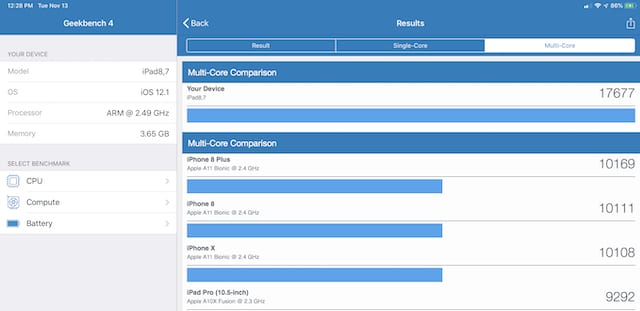
Rather than rely on benchmarks, though, I prefer to see for myself just how fast certain apps respond and operate on the device. As an example, one app that I use on occasion when I need to remotely control my iMac is Parallels Access. On previous iPad Pro models, Parallels Access seemed slow in accessing my Mac and control of the remote machine was very laggy. That’s not the case with the new iPad – when I control the iMac from the iPad Pro, it responds as if I am sitting at the iMac.
Importing images from an SD or micro-SD card into the Photos app on the old iPad was a real exercise in patience. I’d plug in a SD to Lightning dongle, pop the card into the SD reader, and then watch as the files slowly appeared in Photos. The speed difference is mainly due to the USB-C port, which uses USB 3.1 with a possible top transfer speed of 10Gbps compared to the Lightning port used in earlier iPad Pro models that supported top data transfer speeds at about half that rate.
Everything seems much faster! For example, when the new iPad Pro was downloading all of the 54,862 images and videos that I have stored in Photos in iCloud, it completed the work in a few hours. With older models of the iPad Pro, it took days for the downloads to complete.
The Smart Keyboard Folio
Apple has revised the $199 Smart Keyboard Folio, moving the Smart Connector so that it matches up with the new location on the back of the iPad Pro. The keys remain the same; that’s probably a negative for people who want function or iOS keys, but it makes for a very usable keyboard with no added fluff.
The keyboard has a slightly better feel with more response than the older version, and I can type just as quickly on the Smart Keyboard Folio as I can on Apple’s Magic Keyboard.
Is It A ‘Laptop Replacement’?
I’ve been asking myself that question since the first iPad appeared on the market, and up to this point I’d emphatically say “no” since are were too many workarounds required in order to do everything I need to do with a laptop. However, I’ve been putting the new iPad Pro through its paces in a variety of use cases and so far there’s nothing it hasn’t been able to handle. In some cases, I’m still using workarounds but finding that even those are less annoying than they were with the original 12.9-inch and 10.5-inch iPad Pros.
However, everyone has different needs, and for some people there is no substitute for a MacBook running macOS apps. Before you take the plunge into replacing your “real” laptop with an iPad Pro, be sure that everything you do on that laptop can be easily replicated on the iPad Pro. For professional photographers, that will be a lot easier in 2019 with the introduction of the “full-fledged” Photoshop for iPad Pro.
Is It For You?
One bad thing about the new iPad Pro is the price tag; to get a cellular model with the Smart Keyboard Folio and 256 GB of storage brings the price up to $1,460 — before taxes. If you already have a MacBook of some sort, you probably don’t need an iPad Pro. If you like the ease of use of iOS on the Pro machines, use an Apple Pencil (I don’t), or want a device that really is the ultimate in portable computing, then you might want to consider the new iPad Pro.

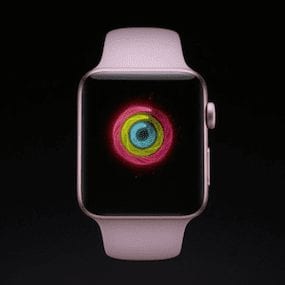

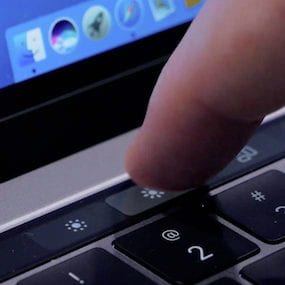
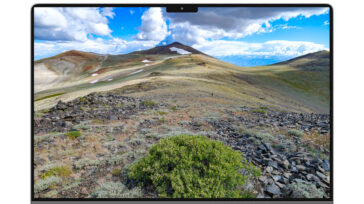

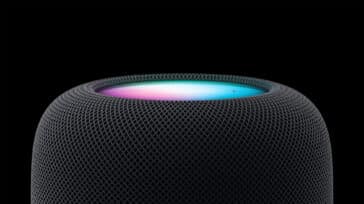
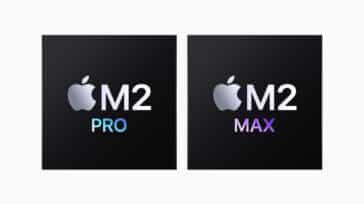


Whether to change your laptop with an ipad is also a generational issue. I cannot see SAS or SPSS having ipad versions ever or whether large sample sizes can be handled in ipad. To me (61 years young), ipads work for movies while int he plane on long trips and for emailing on the road. I cannot even use it or photo processing without having to rely on having internet (and many times, I do have 2gb speeds or less). For urbanites millennials and Zs, yes. For those on the road in remote areas of this beautiful planet, no.